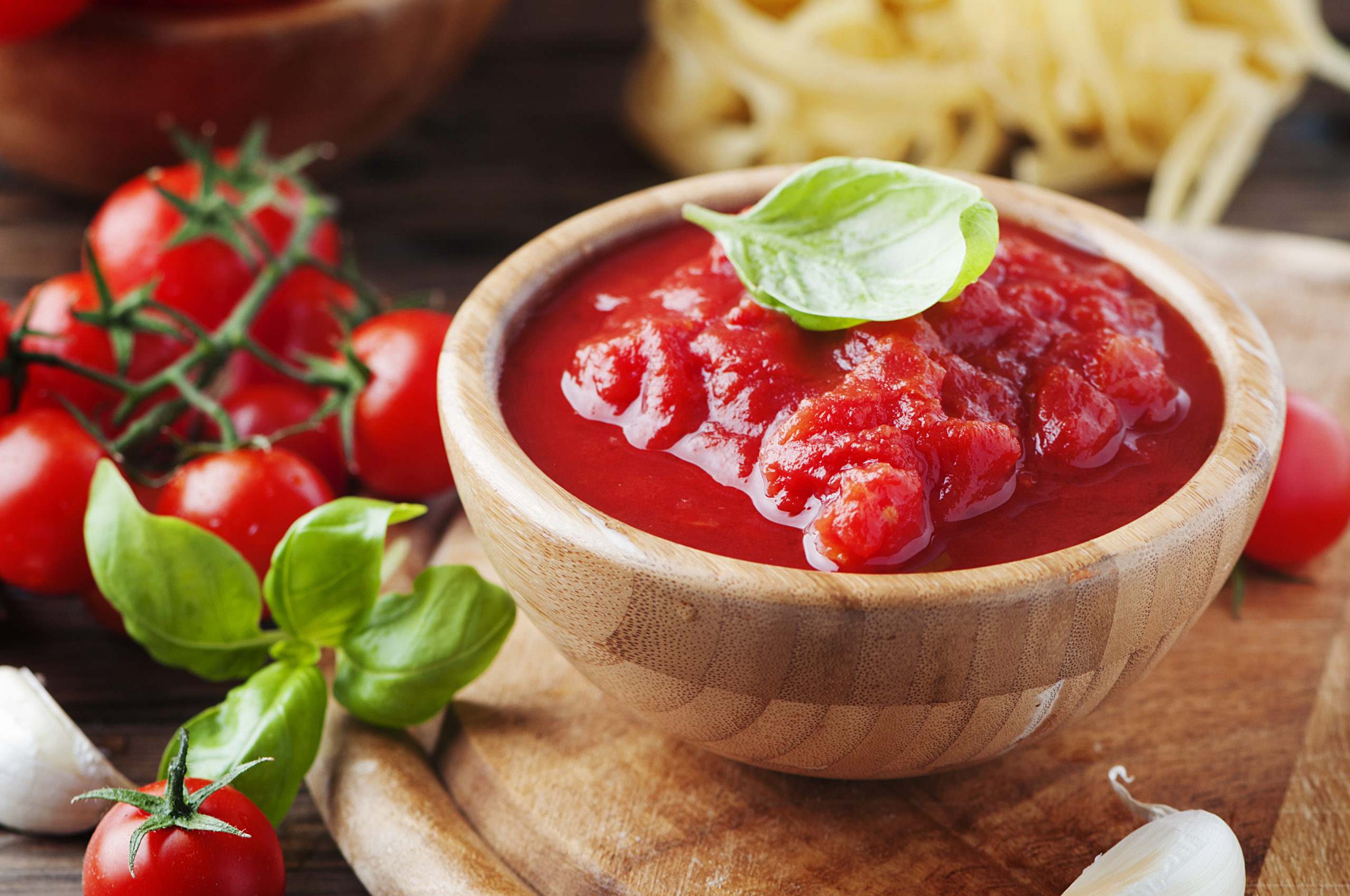Sources of Food Ingredients: Xanthan Gum
Xanthan Gum
- What is xanthan gum?
Xanthan gum is a hydrocolloid that stabilizes and thickens foods.
- How is xanthan gum made?
Xanthan gum is made from a bacteria found on the leaf surfaces of green vegetables, including broccoli, brussels sprouts, cauliflower, cabbage, kale, rutabaga and turnip. The bacteria is fermented (much like cheese or wine), then dried and ground into powder.
- Why is xanthan gum in my food?
It stabilizes and thickens foods to provide the right texture and flavor delivery.
- How long has xanthan gum been used in foods?
Xanthan gum was first discovered in the early 1960s, and was approved for use in foods in 1969.
- What foods and beverages contain xanthan gum?
Xanthan gum is used in salad dressings, sauces, beverages, dairy products, syrups, toppings, baked goods, confectioneries and candies, breadings, batter, and low fat spreads.
- Is xanthan gum permitted for use in the U.S. and in other countries?
Yes. Xanthan gum first received U.S Food and Drug Administration full food additive approval in 1969. Kelco (now CP Kelco) petitioned xanthan gum to be added to the food additive list. The approval was based on a full safety assessment by the US FDA.
Countries around the world have approved xanthan gum as a safe food additive. Xanthan gum is approved for food use globally, including in Canada, Mexico, Brazil, the European Union, China, Japan and Korea. Xanthan gum’s safety has also been reviewed and endorsed by the World Health Organization and Food and Agriculture Organization (WHO/FAO).
- Can xanthan gum be used in foods marketed as organic, vegetarian, halal or kosher?
Yes. The U.S. Department of Agriculture National Organic Program lists xanthan gum on the National list for use in organic processing in the U.S. Xanthan gum is also allowable in organic production in other major markets, including the European Union, Canada, and internationally by WHO/FAO Codex Alimentarius Commission guidelines.
Xanthan gum can be verified as vegetarian or vegan by producers. Xanthan gum can also be halal and kosher certified.
- Is xanthan gum gluten-free?
Yes. In fact, xanthan gum is used in many gluten-free foods to create the texture and suspension that gluten often provides.
- Why is xanthan gum necessary in foods and beverages?
Xanthan gum provides thickening and suspension. For example, in a salad dressing that contains spices, xanthan gum helps to suspend the spices as well as maintain a smooth and consistent texture.
- How much xanthan gum is used in foods and beverages?
A little bit of xanthan gum goes a long way – you typically find around 0.3% concentration or lower in foods and beverages. As with most other food additives, only the amount of xanthan gum needed to achieve the desired technological function in a food is used.
- Why do some people criticize xanthan gum?
Since xanthan gum is similar in structure to fibers, consuming large quantities can have a laxative effect. If someone consumes large amounts of any fiber, side effects such as gas and bloating will likely be experienced. The good news is that xanthan gum is used at such low levels in food products – less than 0.3% in most cases – that side effects are unlikely.
- How does the production and use of xanthan gum impact the environment?
Xanthan gum is a sustainable product. The development and processing of xanthan gum occur in a controlled environment.
- Is xanthan gum available to consumers as an everyday food ingredient?
Yes, you can typically find xanthan gum at your local grocery store in the baking aisle.


